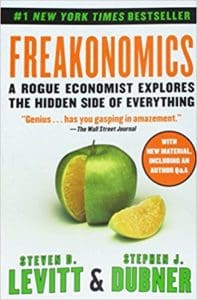 REVIEW | Freakonomics: A Rogue Economist Explores the Hidden Side of Everything by Steven D. Levitt and Stephen J Dubner
REVIEW | Freakonomics: A Rogue Economist Explores the Hidden Side of Everything by Steven D. Levitt and Stephen J Dubner
by Dr. Mark David Major, AICP, CNU-A, The Outlaw Urbanist contributor
I really liked Freakonomics: A Rogue Economist Explores the Hidden Side of Everything by Steven D. Levitt and Stephen J Dubner; not so much for the answers it provides – some are compelling, others are extremely dubious – but for its effective demonstration via economist Stephen J Dubner’s methodology that the question asked (especially of statistical analysis) is often just as important – if not more so – than the answers uncovered. Dubner willingness to ask questions ‘outside of the box’ should be applauded and encouraged; as I do every day with my students. The analysis of house sales transactions of realtors is especially compelling and confirms what many savvy people would have already suspected about real estate agents. In the grand scheme of things, does it really make that big of a difference? No, not really. However, as Levitt and Dubner argue, it shines a light on the more dubious practices of some professionals who would like to publicly offer a false facade of objectivity.
The real selling point of Freakonomics – the link between drops in crime during the 1990s and the legalization of abortion in the USA with the 1972 Roe v. Wade decision – is much more dubious. As Levitt and Dubner seem willing to concede, it is a syllogism (deductive reasoning as distinct from induction, which does not necessarily follow, i.e., All men have brains. All humans have brains. Therefore, all humans are men.). 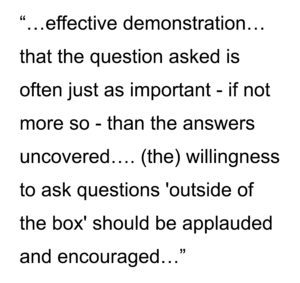 I simply do not believe it. As I recall, Western European societies also experienced a crime drop during the 1990s and Dubner does not seem to control for population in his analysis outside of the United States. Maybe he does in one of the cited academic papers but I do not find the argument compelling enough to bother searching for the source material. More than this, there is ample evidence (Dubner himself cites some of it in arguing in his analysis that the hiring of more police does lead to less crime) that a zero tolerance policing policy does work. For example, many Middle Eastern societies have no abortion, a high birthrate (relative to the USA), zero tolerance policing (so much so that some might argue they are police states), and extremely low, almost non-existent crime. We do not even have to cite the historical precedent of low crime in early 20th century fascist police states in Germany and Italy to make the argument. Of course, the problem then becomes how does one define crime in the problem definition. In this, Dubner’s research seems to suffer from that particular and peculiar problem of American academia that nothing else exists outside of the borders of the United States. It is true that Levitt and Dubner are not making a moral argument but it is a very small, troubling step from their conclusion to state-mandated sterilization of poorer populations to control future crime. Of course, this is problematic in moral and ethical terms, especially since the counter-argument on the same terms is all-too-easy: how many would-be Mozarts, Einsteins, Steve Jobs, and Princes were aborted after 1972? Surely, the world is a lesser place than it would be otherwise? No doubt, Dubner would say it is statistically-insignificant but that is the very nature of such individuals: they are rare. However, in the end, there is no way to know for certain. It is only speculation.
I simply do not believe it. As I recall, Western European societies also experienced a crime drop during the 1990s and Dubner does not seem to control for population in his analysis outside of the United States. Maybe he does in one of the cited academic papers but I do not find the argument compelling enough to bother searching for the source material. More than this, there is ample evidence (Dubner himself cites some of it in arguing in his analysis that the hiring of more police does lead to less crime) that a zero tolerance policing policy does work. For example, many Middle Eastern societies have no abortion, a high birthrate (relative to the USA), zero tolerance policing (so much so that some might argue they are police states), and extremely low, almost non-existent crime. We do not even have to cite the historical precedent of low crime in early 20th century fascist police states in Germany and Italy to make the argument. Of course, the problem then becomes how does one define crime in the problem definition. In this, Dubner’s research seems to suffer from that particular and peculiar problem of American academia that nothing else exists outside of the borders of the United States. It is true that Levitt and Dubner are not making a moral argument but it is a very small, troubling step from their conclusion to state-mandated sterilization of poorer populations to control future crime. Of course, this is problematic in moral and ethical terms, especially since the counter-argument on the same terms is all-too-easy: how many would-be Mozarts, Einsteins, Steve Jobs, and Princes were aborted after 1972? Surely, the world is a lesser place than it would be otherwise? No doubt, Dubner would say it is statistically-insignificant but that is the very nature of such individuals: they are rare. However, in the end, there is no way to know for certain. It is only speculation.
Levitt’s nerd-rock star treatment of Dubner in the book is also a little off-putting, especially for an academic. I suspect Dubner is probably uncomfortable about it as well though it has made him a lot of money. However, do not allow these issues to become a deterrent. Freakonomics is a good and fun read, which is definitely worth your time.

 Freakonomics: A Rogue Economist Explores the Hidden Side of Everything by Steven D. Levitt and Stephen J Dubner
Freakonomics: A Rogue Economist Explores the Hidden Side of Everything by Steven D. Levitt and Stephen J Dubner
Paperback
English, 315 pages
William Morrow Paperbacks (2009)
ISBN-10: 0060731338
ISBN-13: 978-0060731335
You can purchase Freakonomics: A Rogue Economist Explores the Hidden Side of Everything by Steven D. Levitt and Stephen J Dubner here.

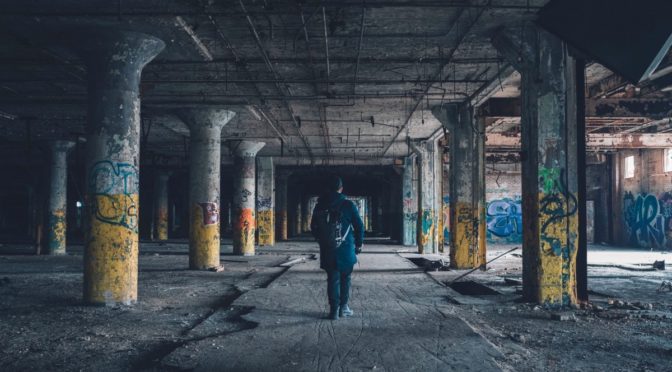

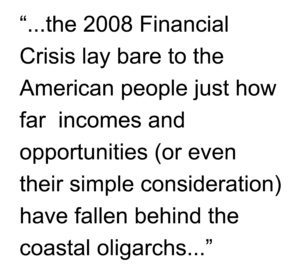
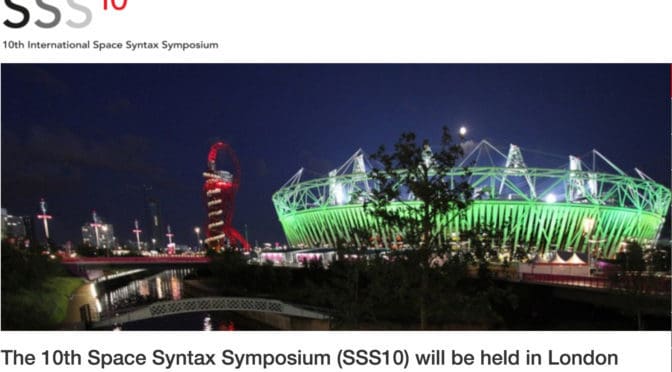
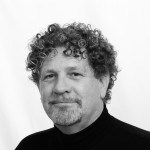
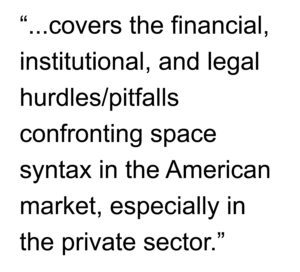 work in the United States, when it looks like it should”. Read the abstract below for a sneak preview:
work in the United States, when it looks like it should”. Read the abstract below for a sneak preview: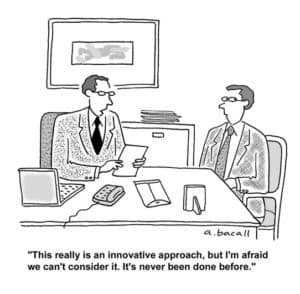 The paper outlines the financial, institutional, and legal hurdles and pitfalls confronting space syntax in the American market, especially in the private sector. Using a series of ‘back-of-the-napkin’ financial calculations common to the American planning and development process, the paper demonstrates how these challenges can transform into a distinct advantage for advocating the cause of the space syntax in the United States. Given this, the paper concludes by discussing the enormous challenges and opportunities for space syntax in America today.
The paper outlines the financial, institutional, and legal hurdles and pitfalls confronting space syntax in the American market, especially in the private sector. Using a series of ‘back-of-the-napkin’ financial calculations common to the American planning and development process, the paper demonstrates how these challenges can transform into a distinct advantage for advocating the cause of the space syntax in the United States. Given this, the paper concludes by discussing the enormous challenges and opportunities for space syntax in America today.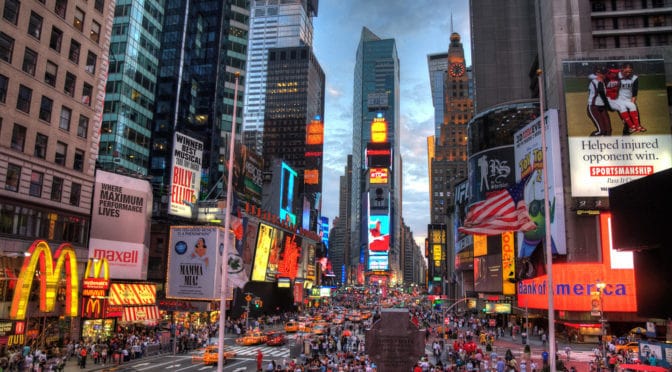
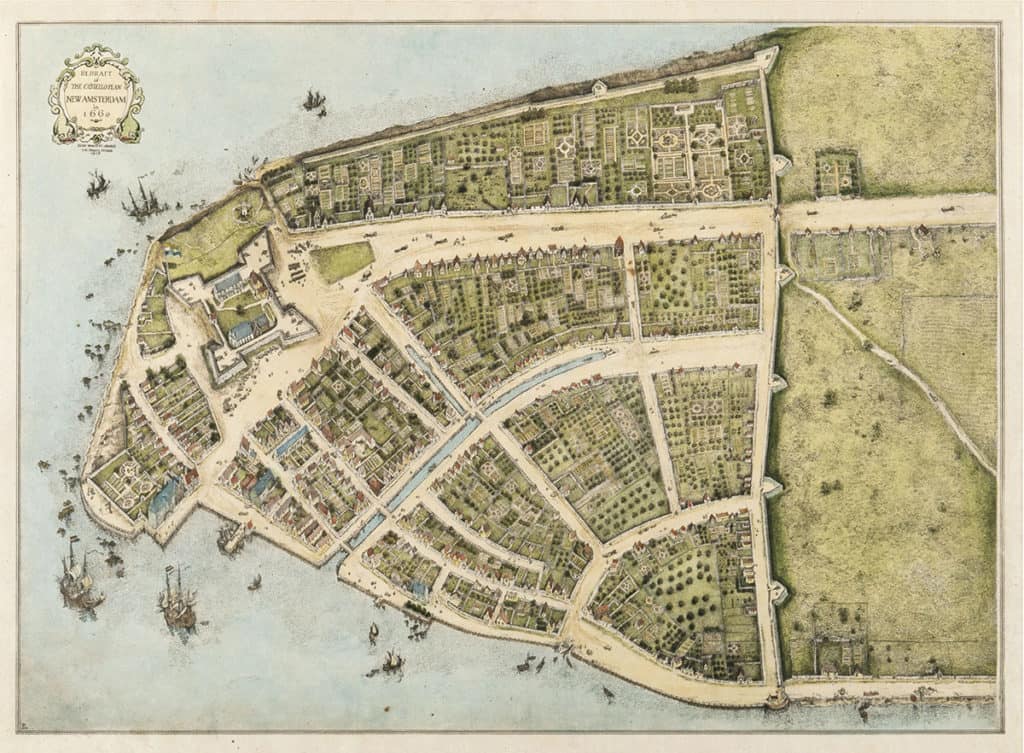
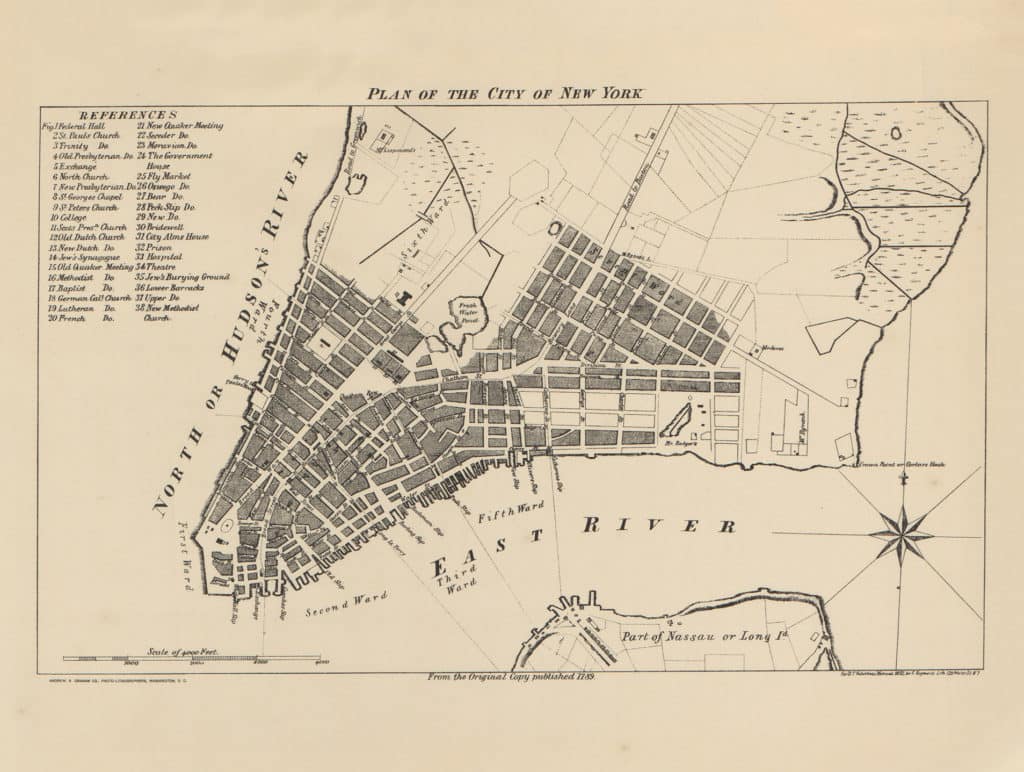
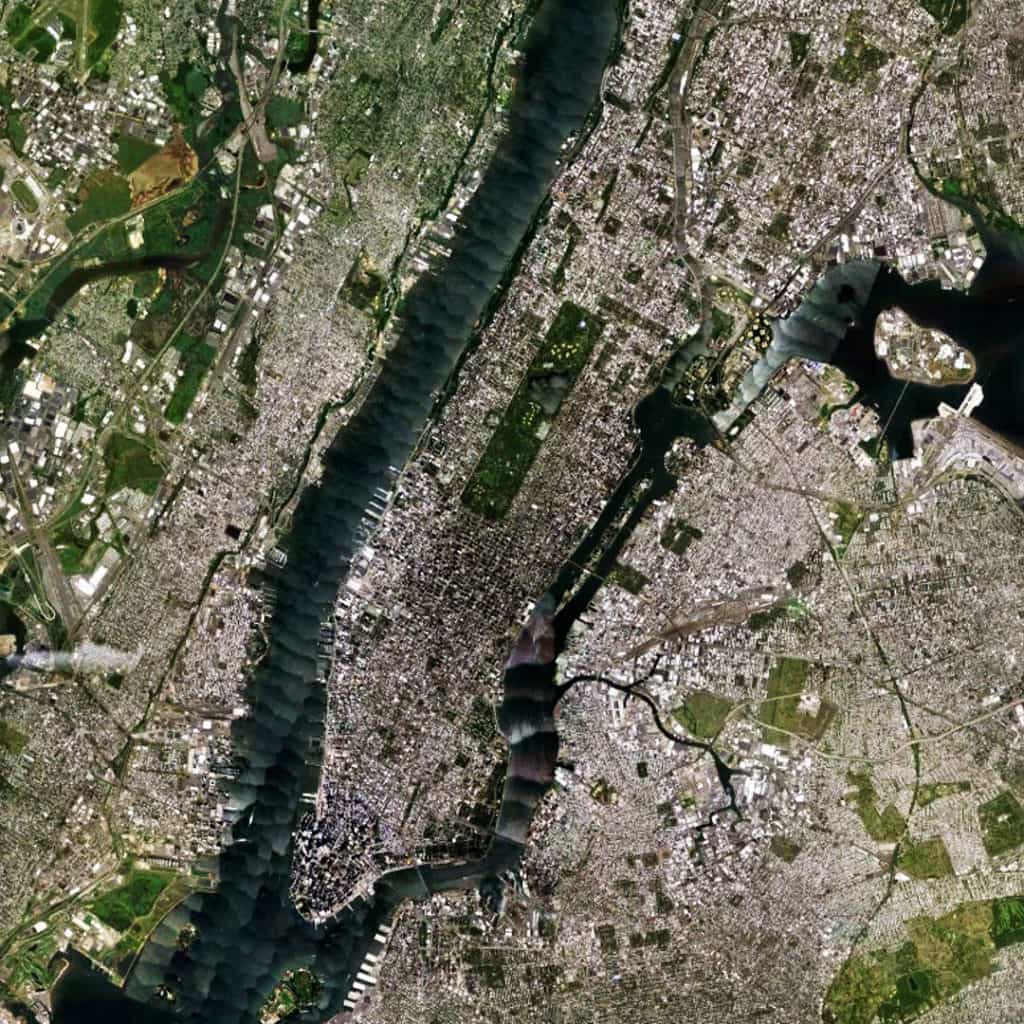

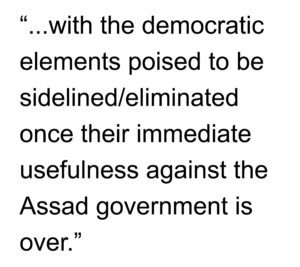 Like Libya before it, Jihadists have infiltrated the pro-democracy rebellion in Syria while Hezbollah fighters enter the country in support of the tyrannical government of Bashar al-Assad. In essence, this rebellion now pits one model of tyranny against another with the democratic elements poised to be sidelined/eliminated once their immediate usefulness against the Assad government is over. Jihadists used the grassroots, pro-democracy protests of the Arab Spring as a springboard to political power in Egypt. Now Islamic-rooted Turkey Prime Minister Recep Tayyip Erdogan’s riot police used tear gas and pressurized water hoses in a dawn raid on Friday against a peaceful sit-in to prevent the uprooting of trees at a local park. The initial protest has expanded beyond urban renewal issues to demonstrations against new laws recently enacted that restrict the sale and advertising of alcohol and public displays of affection (i.e. kissing). The implications for the West of ‘losing Turkey’ (which already has a Jihadist-tainted government) are profound.
Like Libya before it, Jihadists have infiltrated the pro-democracy rebellion in Syria while Hezbollah fighters enter the country in support of the tyrannical government of Bashar al-Assad. In essence, this rebellion now pits one model of tyranny against another with the democratic elements poised to be sidelined/eliminated once their immediate usefulness against the Assad government is over. Jihadists used the grassroots, pro-democracy protests of the Arab Spring as a springboard to political power in Egypt. Now Islamic-rooted Turkey Prime Minister Recep Tayyip Erdogan’s riot police used tear gas and pressurized water hoses in a dawn raid on Friday against a peaceful sit-in to prevent the uprooting of trees at a local park. The initial protest has expanded beyond urban renewal issues to demonstrations against new laws recently enacted that restrict the sale and advertising of alcohol and public displays of affection (i.e. kissing). The implications for the West of ‘losing Turkey’ (which already has a Jihadist-tainted government) are profound.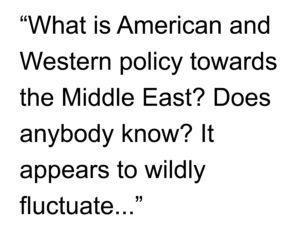 Our policy circles around the strategic signpost “to keep the oil flowing” while veering back and forth between (often mistaken) tactical assessments about what is easy (i.e. Libya, intervene; Afghanistan, surge) or what is hard (i.e. Syria, stay out of it; Iraq; get out), which is to say there is no coherent policy at all. This is no way for a “great” county and civilization (which we aspire to and often claim on behalf of the United States and Western Europe) to conduct its affairs. Given these conditions, it should not be a surprise to anyone the “huddle masses yearning to breathe free” on the Arab streets are befuddled and frustrated by the incoherent policies of the United States and Western Europe. After 9/11, the United States and Western Europe made a mistake. It was an honest mistake because it was born of anger but a mistake nonetheless. We thought Al-Qaeda’s attack was about us. It was not, it was about power. Subsequent events in the Middle East have demonstrated the agenda of the Jihadists is to achieve political power, oppress liberal-minded citizens and thought (such as Christianity), and accumulate power for its own sake. In his second augural address, George W. Bush attempted to frame the current threat on more solid footing as a struggle against tyranny, liberty versus oppression, and the dreams of freedom for the many in opposition to the pursuit of power by a few.
Our policy circles around the strategic signpost “to keep the oil flowing” while veering back and forth between (often mistaken) tactical assessments about what is easy (i.e. Libya, intervene; Afghanistan, surge) or what is hard (i.e. Syria, stay out of it; Iraq; get out), which is to say there is no coherent policy at all. This is no way for a “great” county and civilization (which we aspire to and often claim on behalf of the United States and Western Europe) to conduct its affairs. Given these conditions, it should not be a surprise to anyone the “huddle masses yearning to breathe free” on the Arab streets are befuddled and frustrated by the incoherent policies of the United States and Western Europe. After 9/11, the United States and Western Europe made a mistake. It was an honest mistake because it was born of anger but a mistake nonetheless. We thought Al-Qaeda’s attack was about us. It was not, it was about power. Subsequent events in the Middle East have demonstrated the agenda of the Jihadists is to achieve political power, oppress liberal-minded citizens and thought (such as Christianity), and accumulate power for its own sake. In his second augural address, George W. Bush attempted to frame the current threat on more solid footing as a struggle against tyranny, liberty versus oppression, and the dreams of freedom for the many in opposition to the pursuit of power by a few.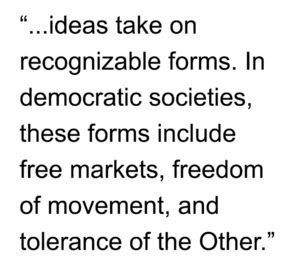 A new policy should include containment. We must develop a strategy for the Middle East to halt the expansion of Islamo-Fascism, which includes modernizing (perhaps even expanding) our nuclear deterrent and reconstituting the doctrine of having the military capacity to fight two wars simultaneously. As part of this containment strategy, we will have to recognize and accept we may lose some countries (like Egypt) along the way but, in the modern era of globalization, mass communications, and the internet, these are more likely to be temporary situations. A similar transition as witnessed during the Cold War is likely to occur at a much more rapid rate (taking years instead of decades). Finally, we must actively engage in destabilizing these tyrannical regimes by any means necessary, including clandestine activities, expanded intelligence gathering ‘on the ground’, Wi-Fi American Free (a modern adaption of the Radio Free Europe concept) and filtering financial support to grassroots democratic movements. Our view should be on the end game, not the distractions of the moment. And our end game should always be to grow the “tree of liberty” for all, lest we condemn more than 300 million people to the darkness.
A new policy should include containment. We must develop a strategy for the Middle East to halt the expansion of Islamo-Fascism, which includes modernizing (perhaps even expanding) our nuclear deterrent and reconstituting the doctrine of having the military capacity to fight two wars simultaneously. As part of this containment strategy, we will have to recognize and accept we may lose some countries (like Egypt) along the way but, in the modern era of globalization, mass communications, and the internet, these are more likely to be temporary situations. A similar transition as witnessed during the Cold War is likely to occur at a much more rapid rate (taking years instead of decades). Finally, we must actively engage in destabilizing these tyrannical regimes by any means necessary, including clandestine activities, expanded intelligence gathering ‘on the ground’, Wi-Fi American Free (a modern adaption of the Radio Free Europe concept) and filtering financial support to grassroots democratic movements. Our view should be on the end game, not the distractions of the moment. And our end game should always be to grow the “tree of liberty” for all, lest we condemn more than 300 million people to the darkness.